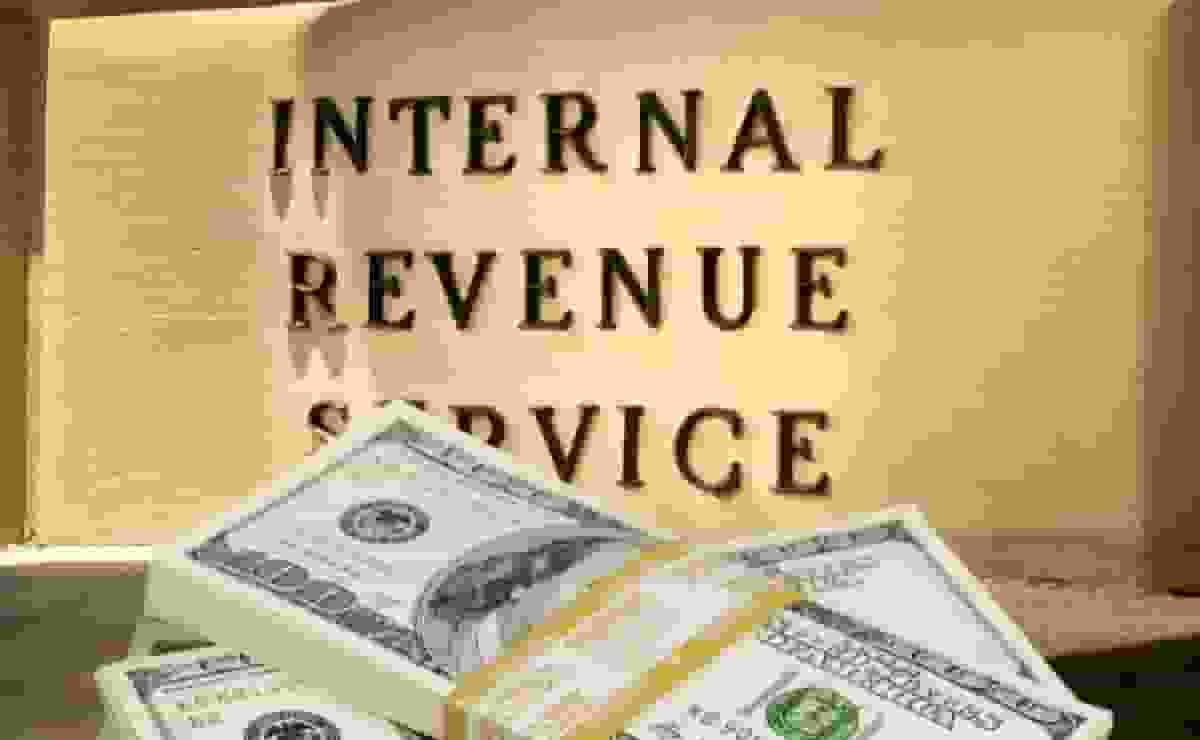Small Tax Refunds in 2023
Taxpayers may see small tax refunds this year than last year, the latest data from the Internal Revenue Service (IRS) shows. According to the weekly data, the average refund amount based on tax returns processed through Feb. 10 was $1,997, which is down 14% from $2,323 during the same period last year.

Taxpayers will not receive an extra stimulus payment with a 2023 tax refund because there were no economic impact payments for 2022, the IRS said. According to a published article in CNBC, stimulus packages are part of the pandemic-era tax perks that are no longer available for 2022, tax experts say.
READ ALSO: 2020 Tax Refund Alert: Check if IRS Owes You Money!
Reasons for Small Tax Refunds in 2023
The status of your tax refund depends on whether you took benefit of a number of Covid-era tax breaks available in the tax year 2021. If you did, there’s a chance you could owe a bigger tax bill for 2022 — or be owed small tax refunds.
Here are reasons for small tax refunds:
No stimulus payments
During the 2020 pandemic, one of the first steps the U.S. government took to help Americans was to authorize direct stimulus payments. Many Americans received significant tax refunds, during the rounds of stimulus payments ranging from $600 to $1,400 per person, or at least reductions in their tax liabilities, in tax years 2020 and 2021. According to Yahoo, three rounds of stimulus payments were given, but for the tax year 2022, there were no stimulus payments issued. This leads to small tax refunds since taxpayers will only receive the exact money from their tax returns.
Maximum Amounts for Some Credits Returned to Pre-COVID Levels
Small tax refunds this year is also the result of maximum amounts of some tax credits returned to pre-COVID levels. These tax credits include the Child Tax Credit (CTC), Earned Income Tax Credit (EITC), and Child and Dependent Care Credit. According to Yahoo, these credits were increased by the American Rescue Act last year. The CTC was reduced to $2,000 per child dependent compared with last tax season with $3,600 while the maximum EITC amount for eligible single filers with no children dropped to $500 from $1,502 last year. The Child and Dependent Care Credit were also lowered this year to $2,100 from $8,000 last year. This means that the lowest-income families are the most affected since they will be receiving small tax refunds this year.
Overall, while taxpayers may receive small tax refunds than last year, the IRS’s improved operations and increased processing speed mean that taxpayers can expect a smoother and less confusing tax season this year. It remains to be seen how the rest of the tax season will play out, but for now, taxpayers can take comfort in the fact that the IRS is making progress.
READ ALSO: Tax Refunds 2023: Here’s When To Expect Your Money From The IRS





